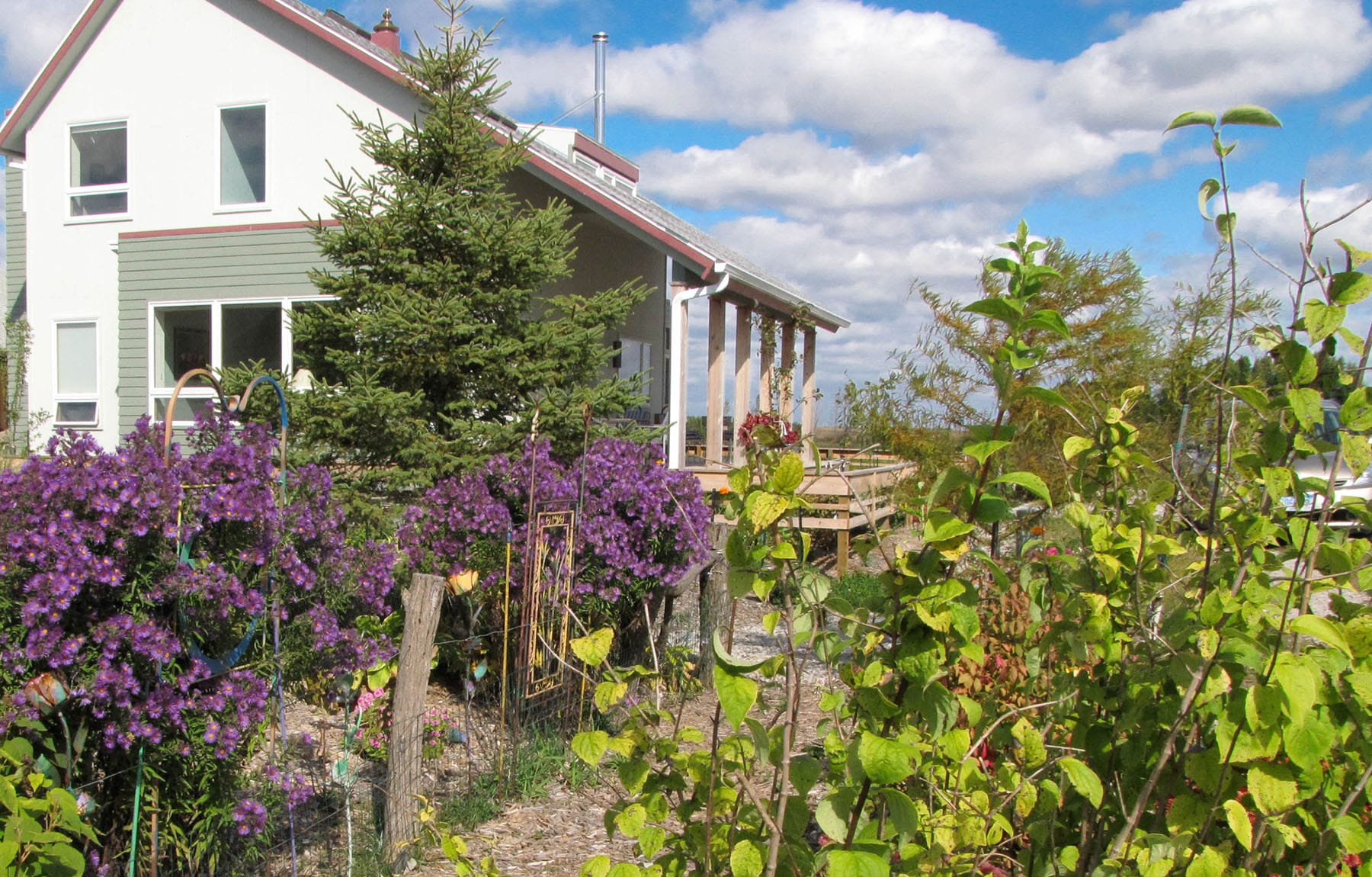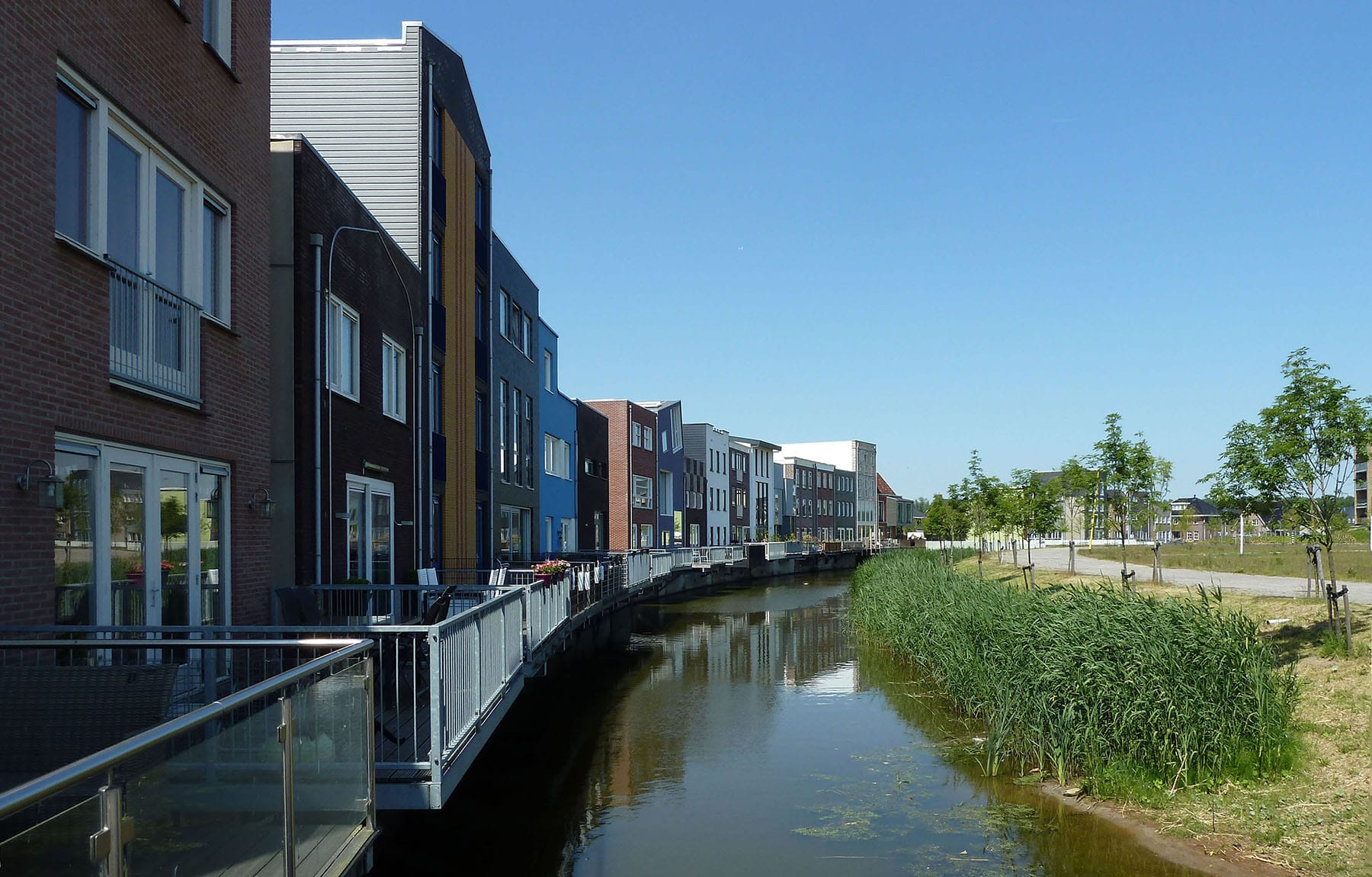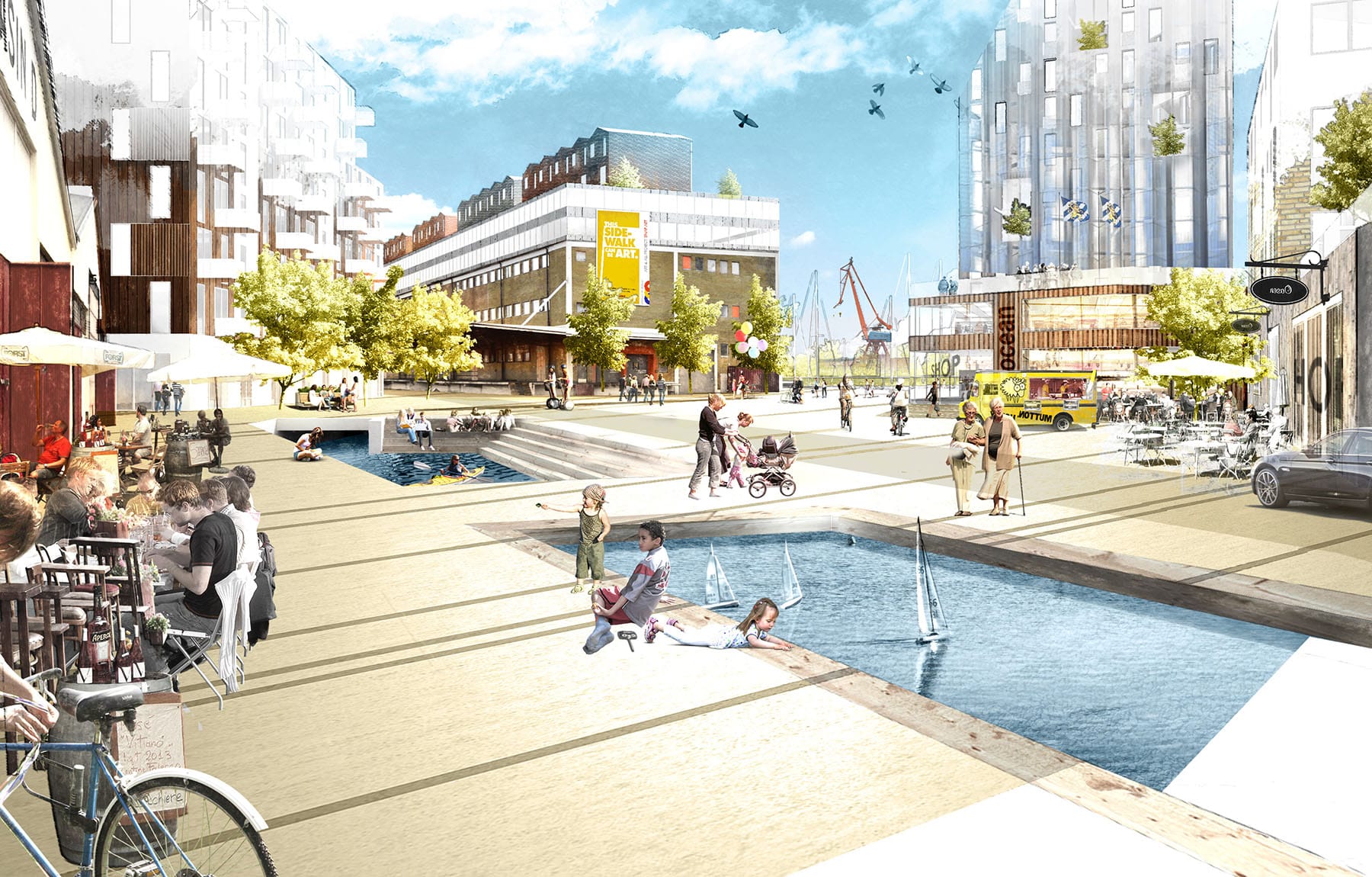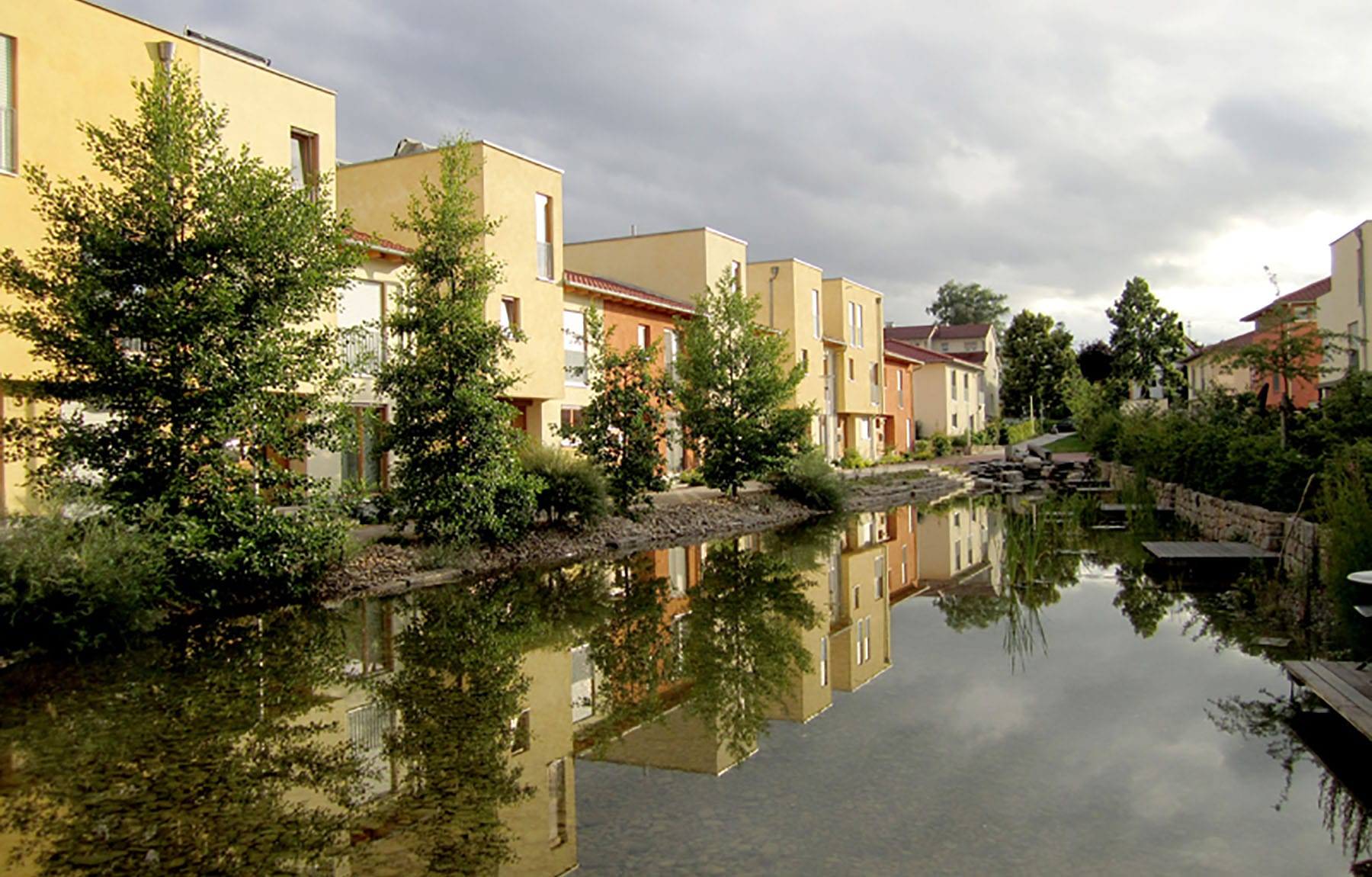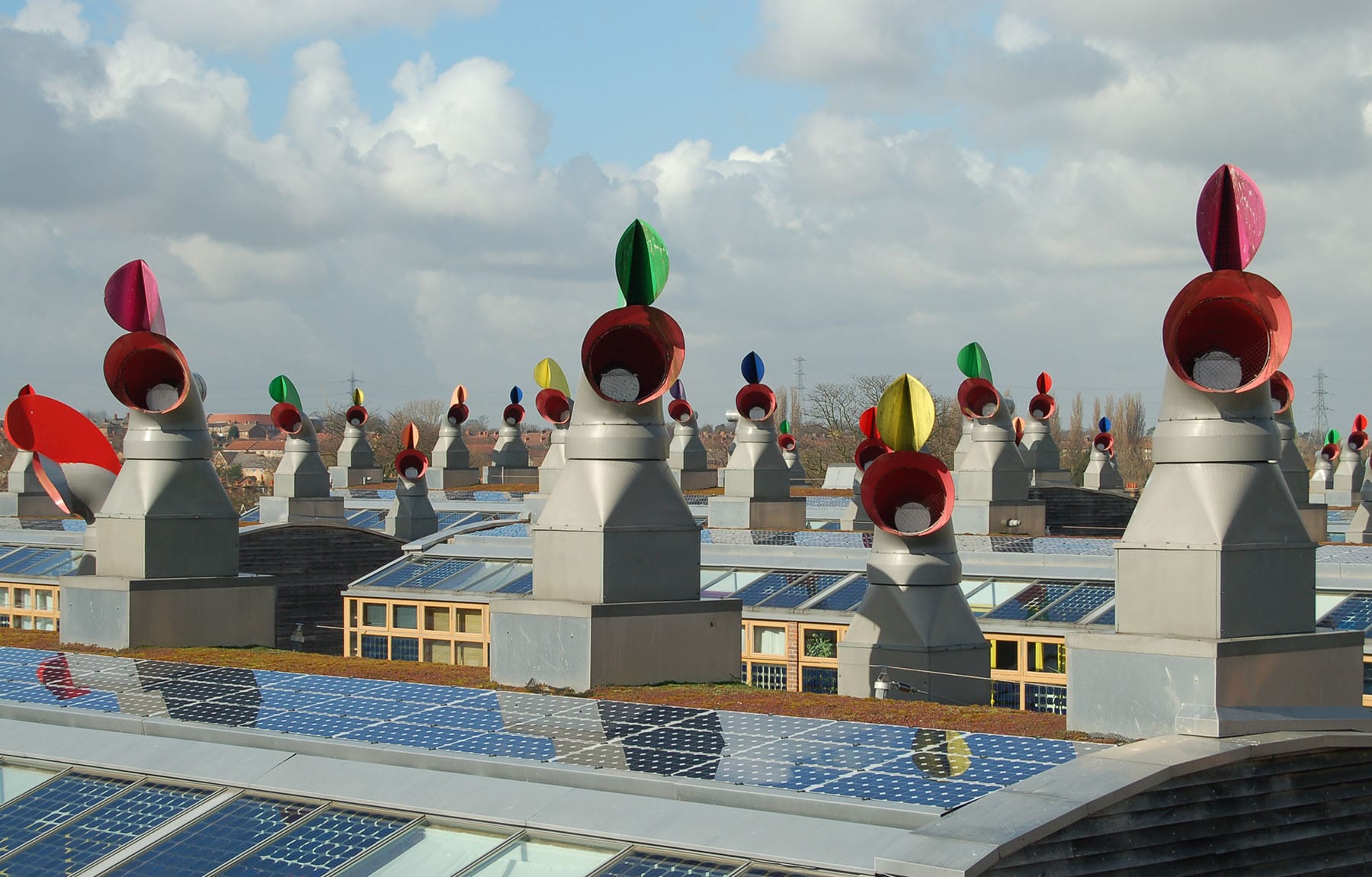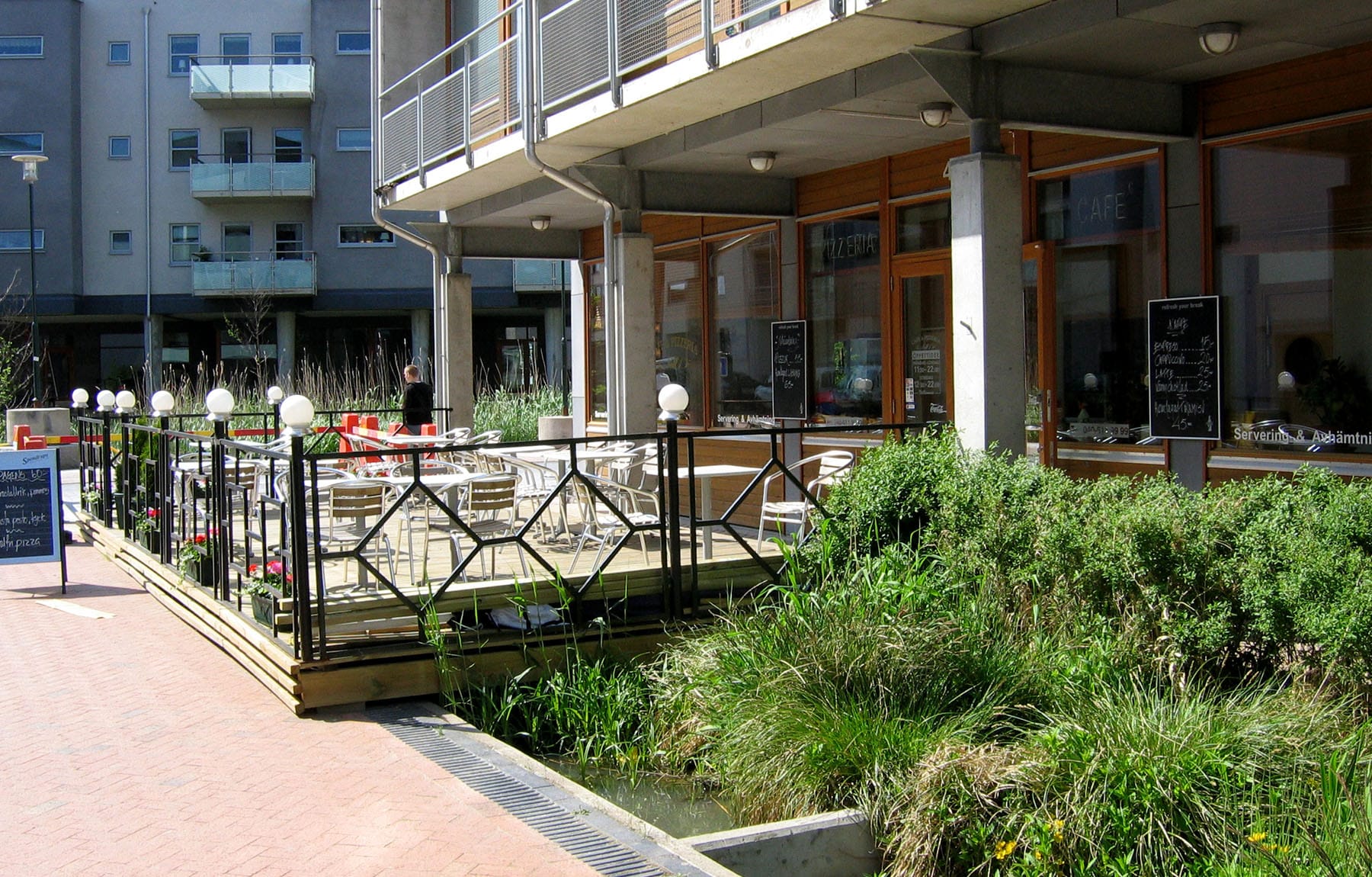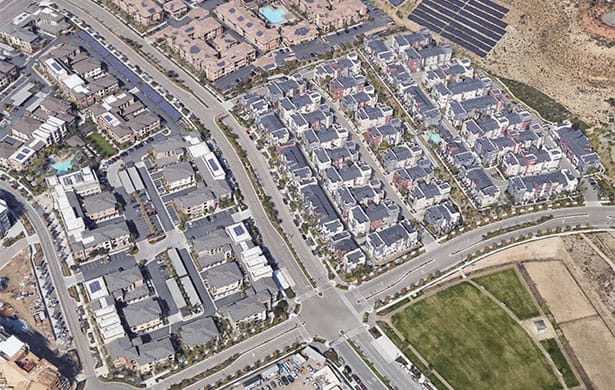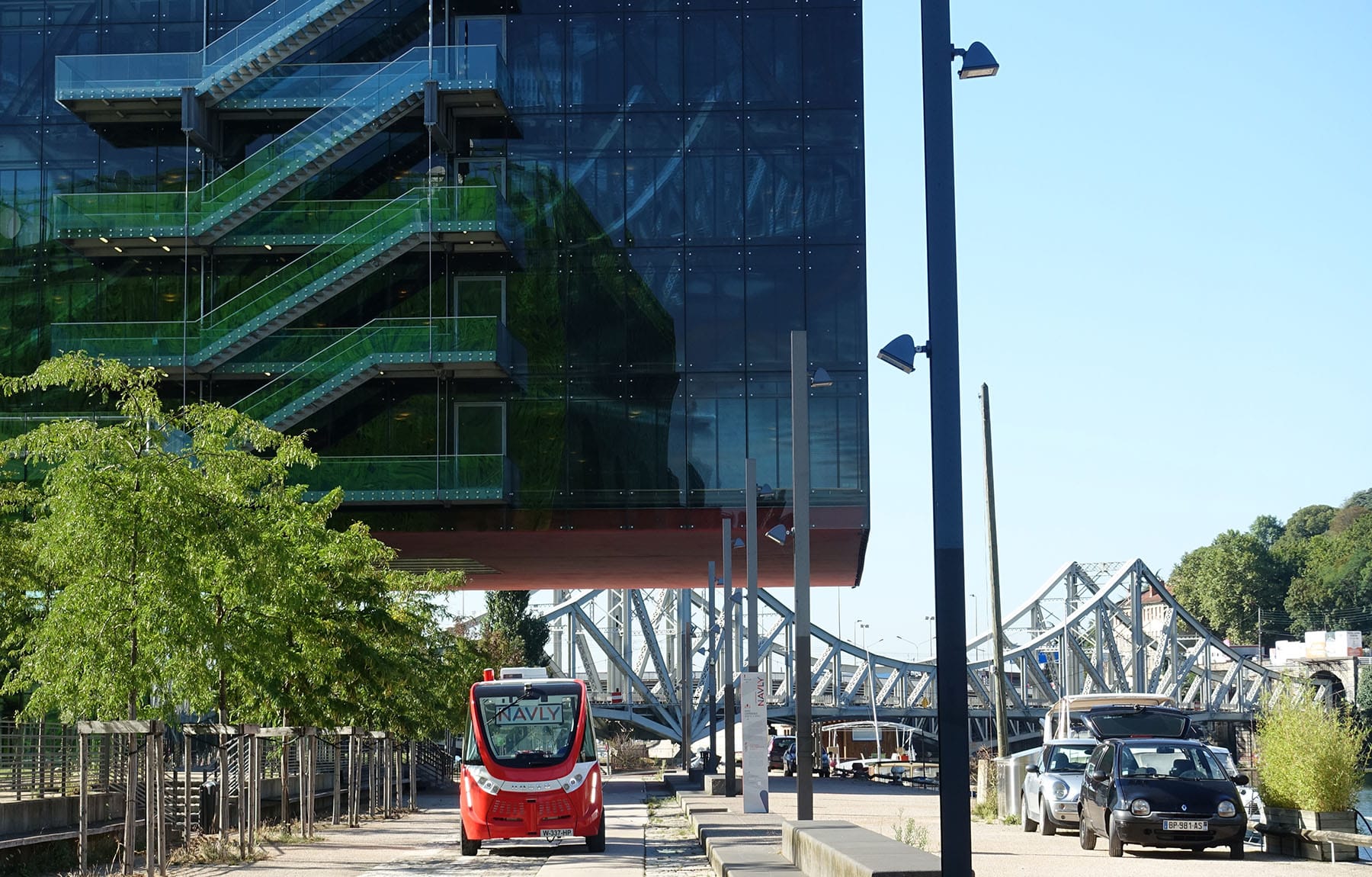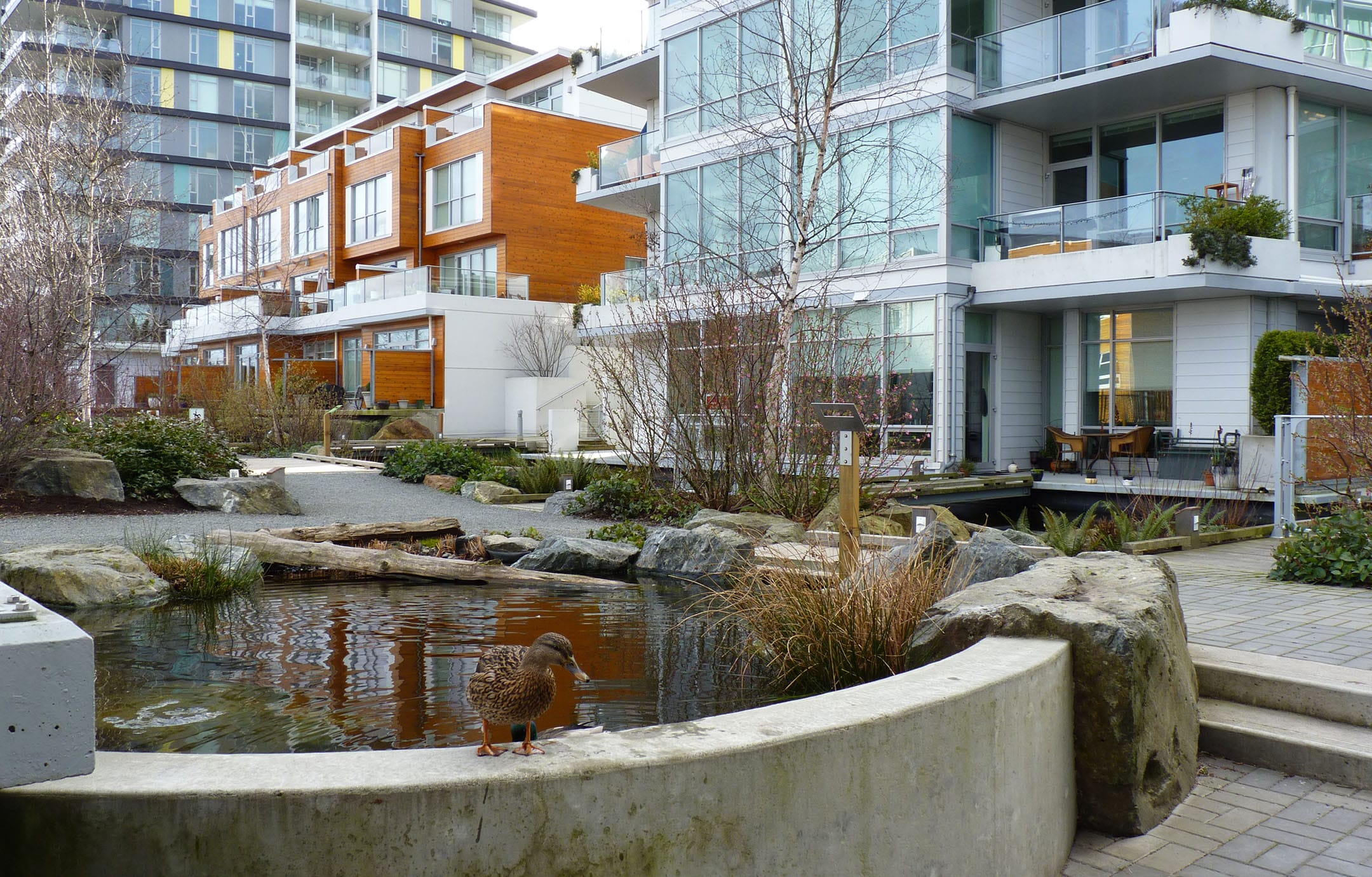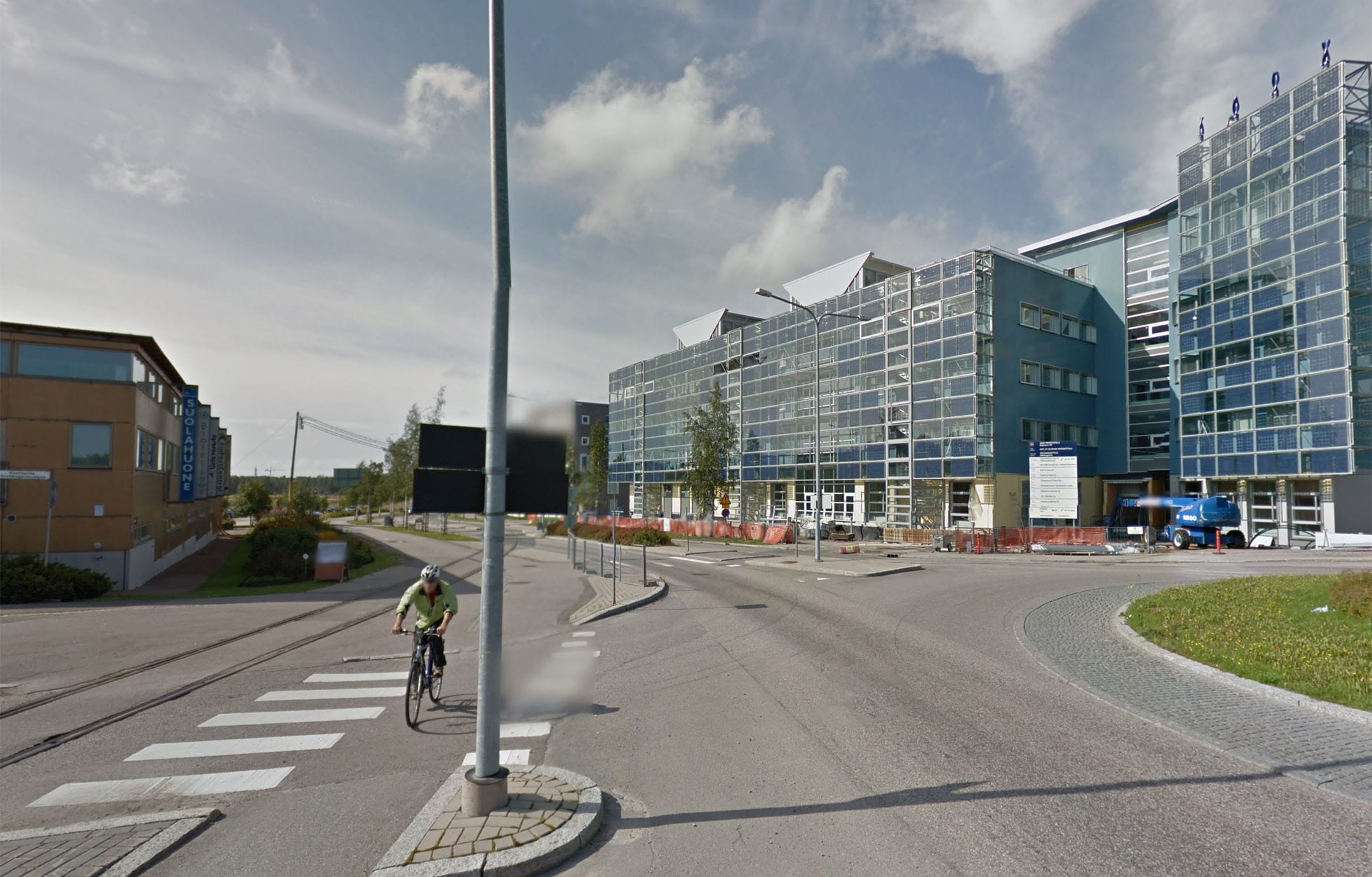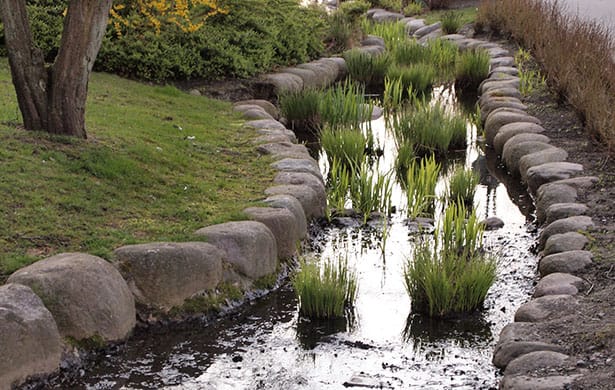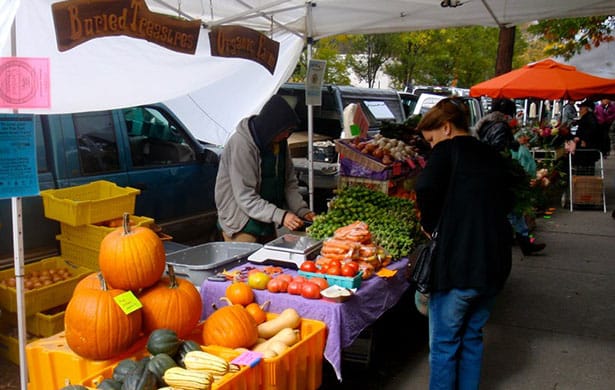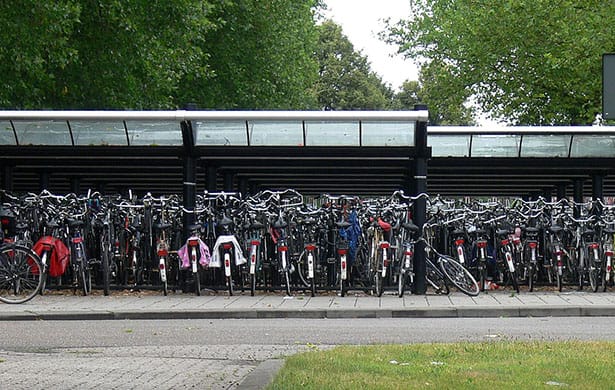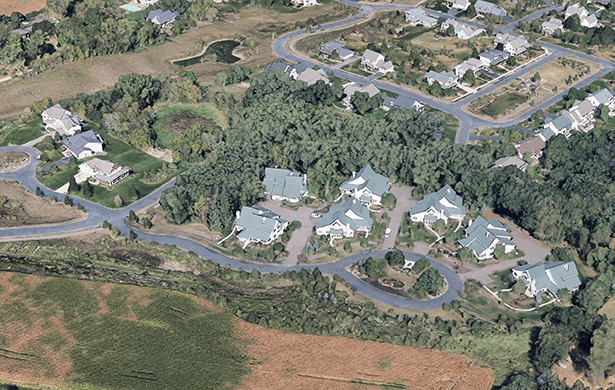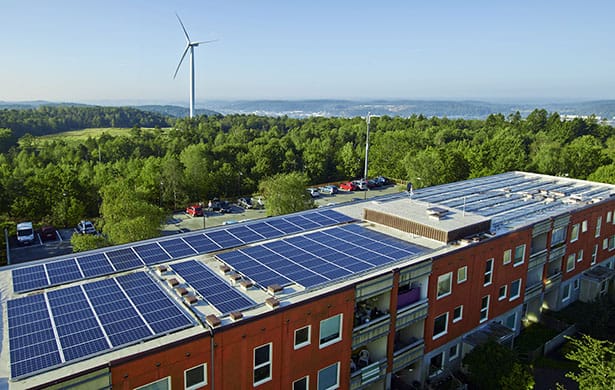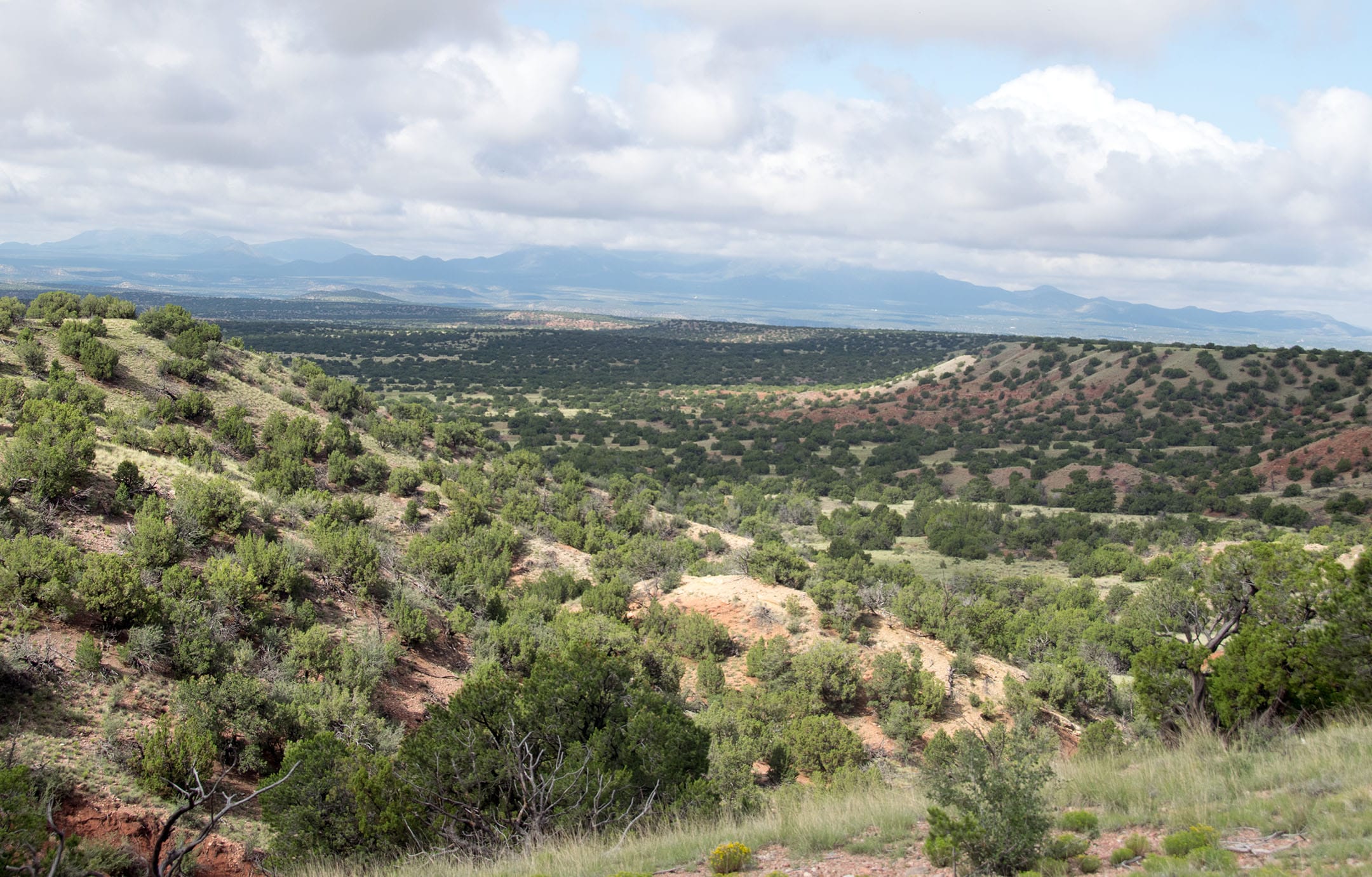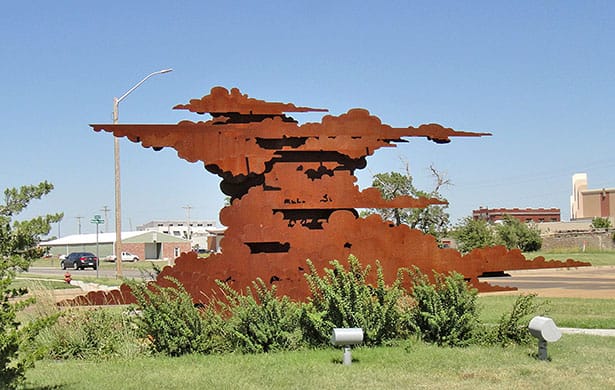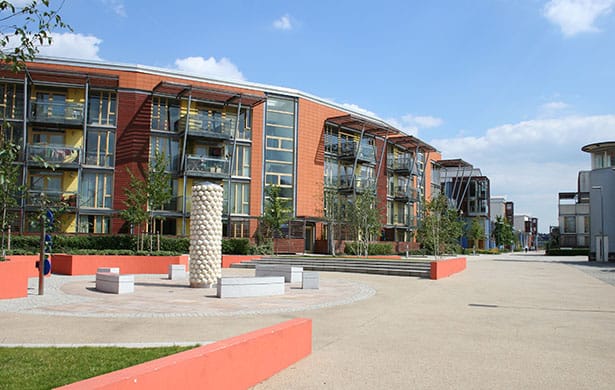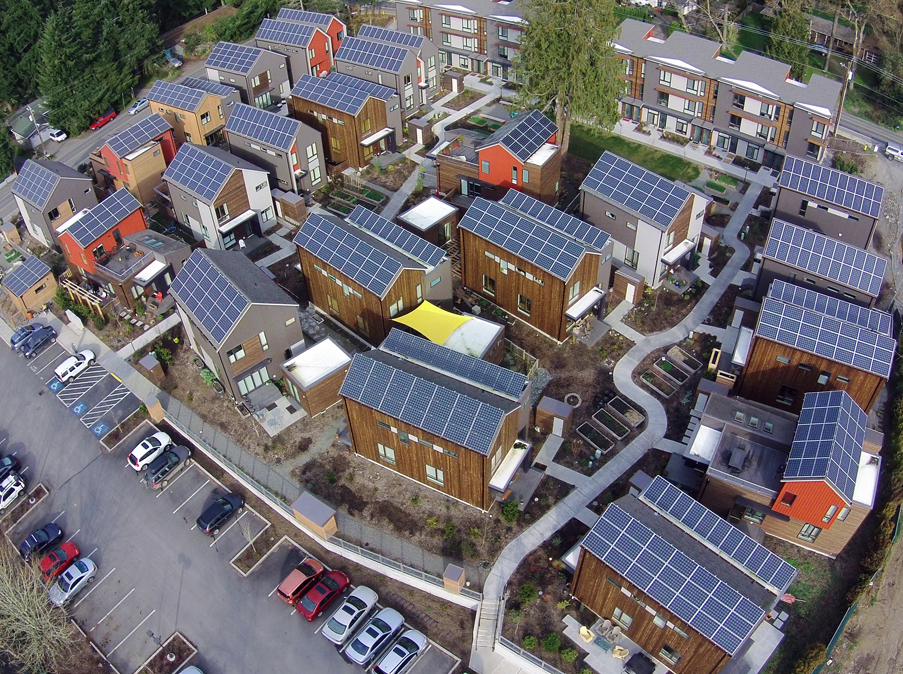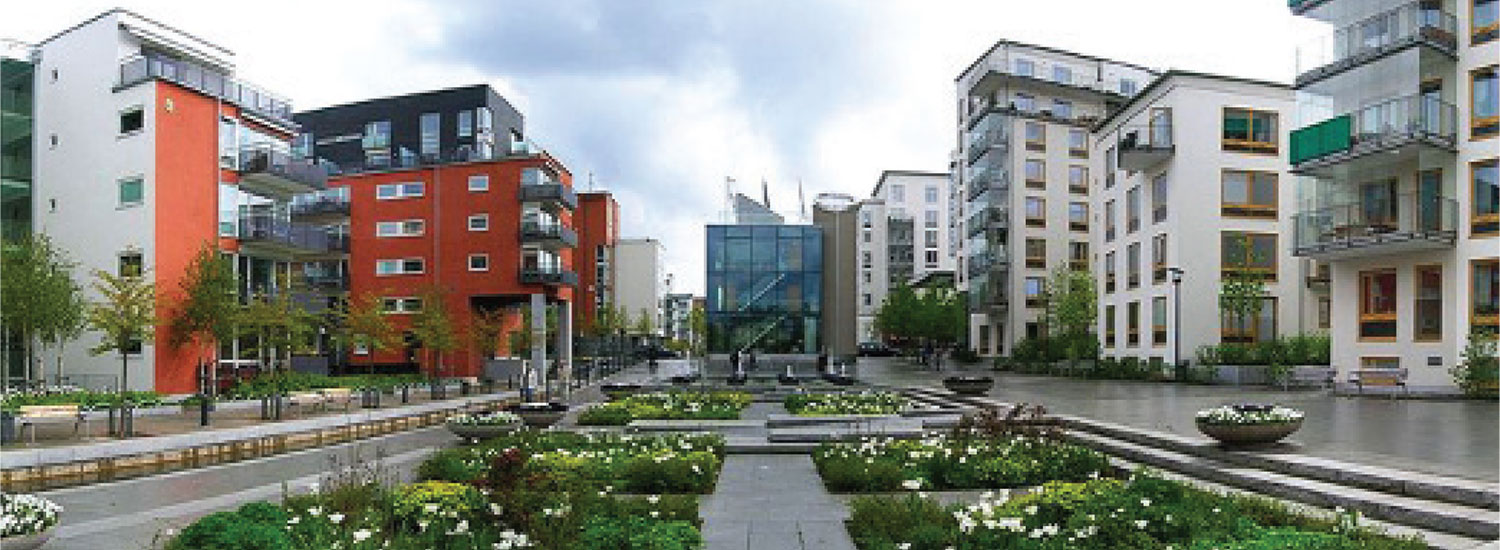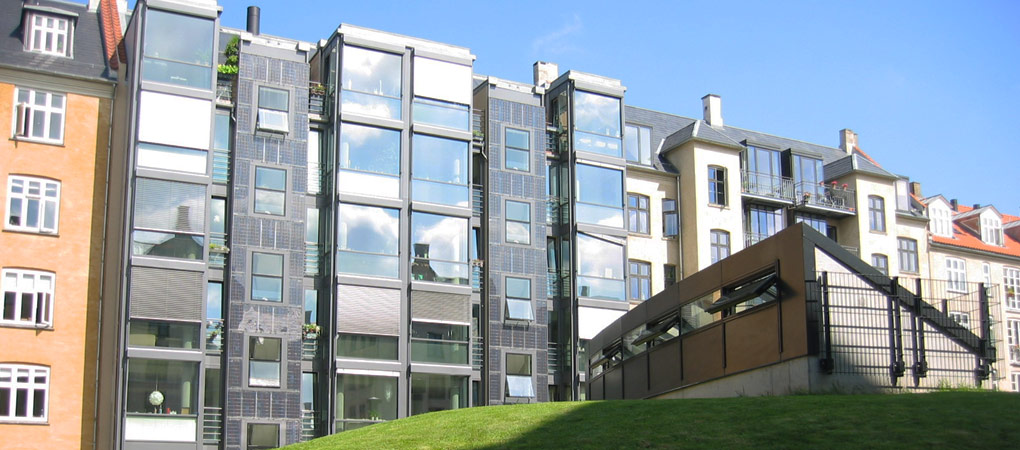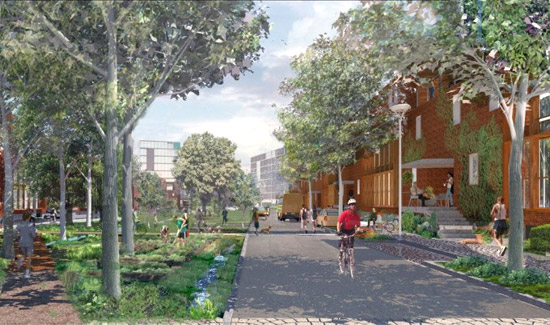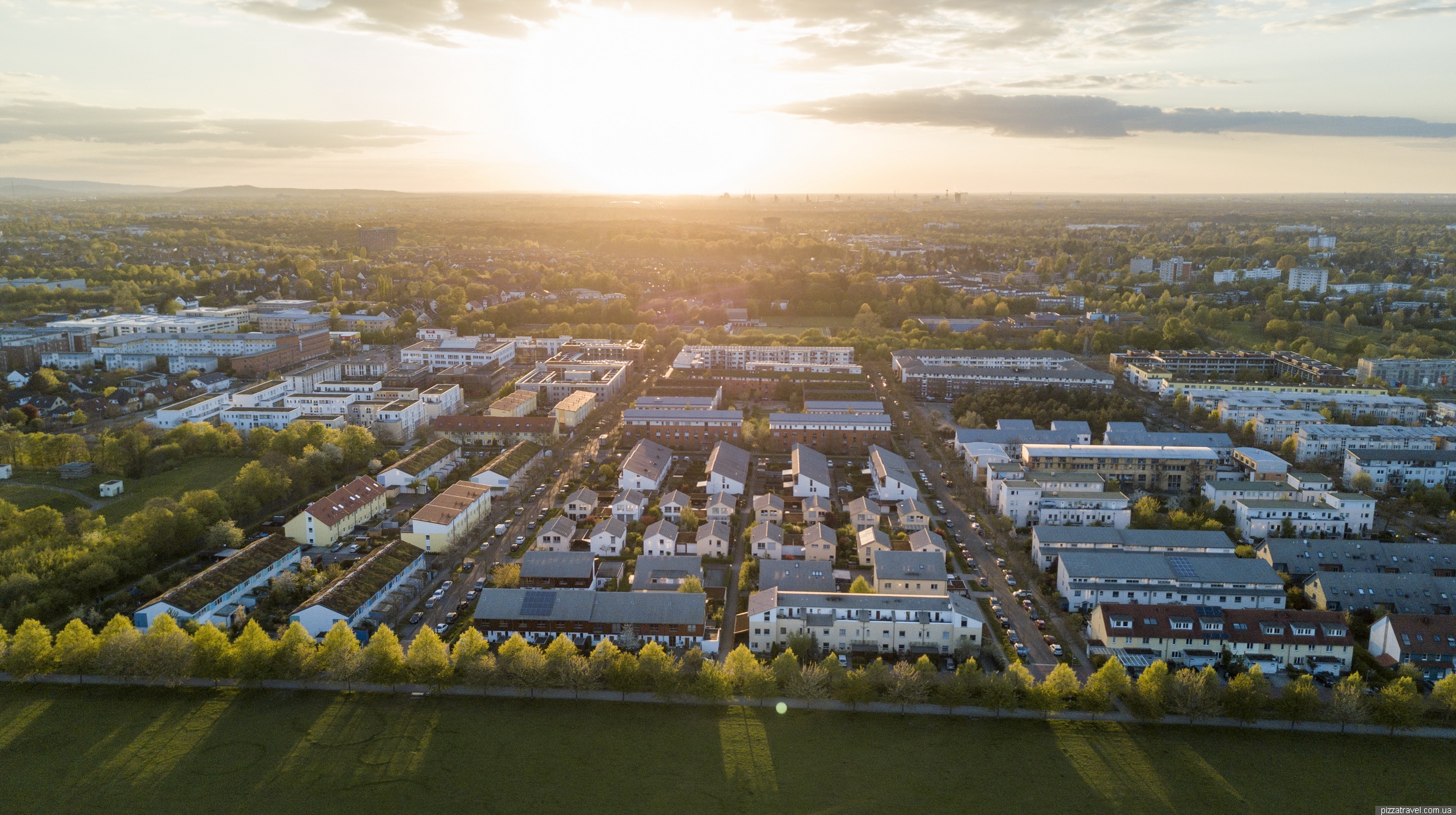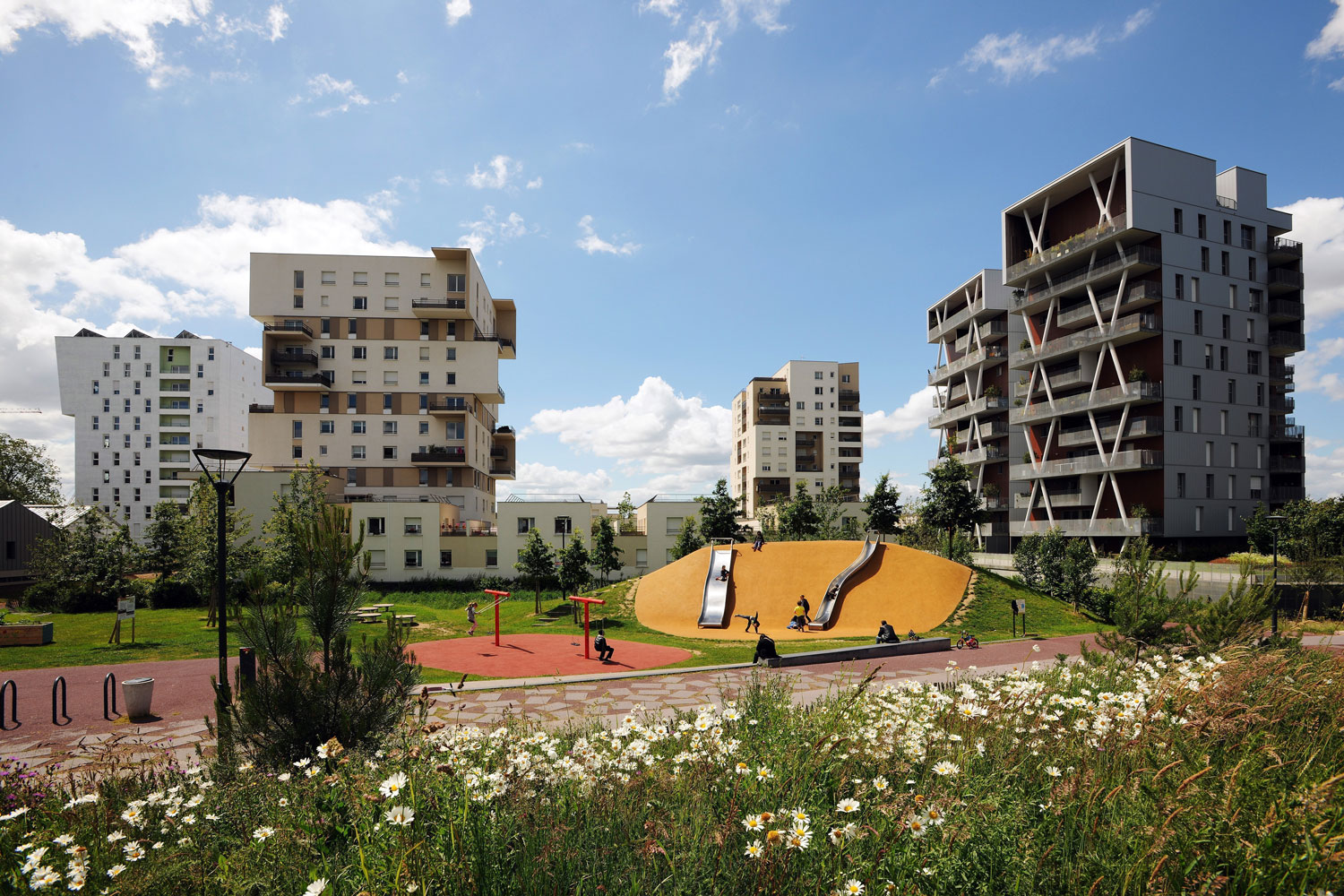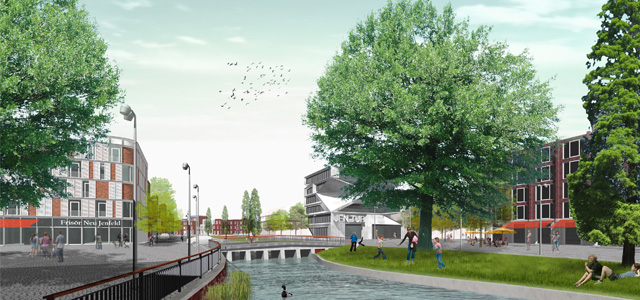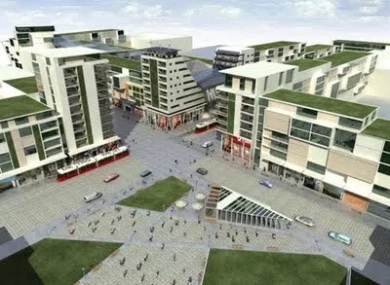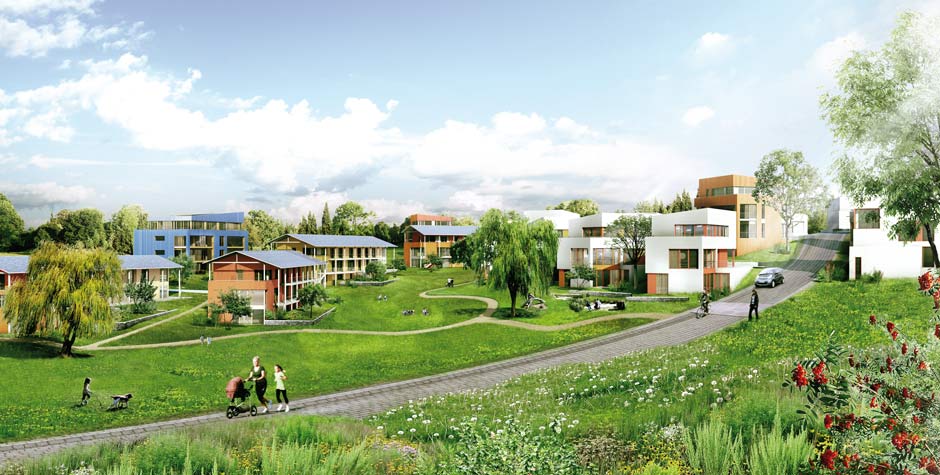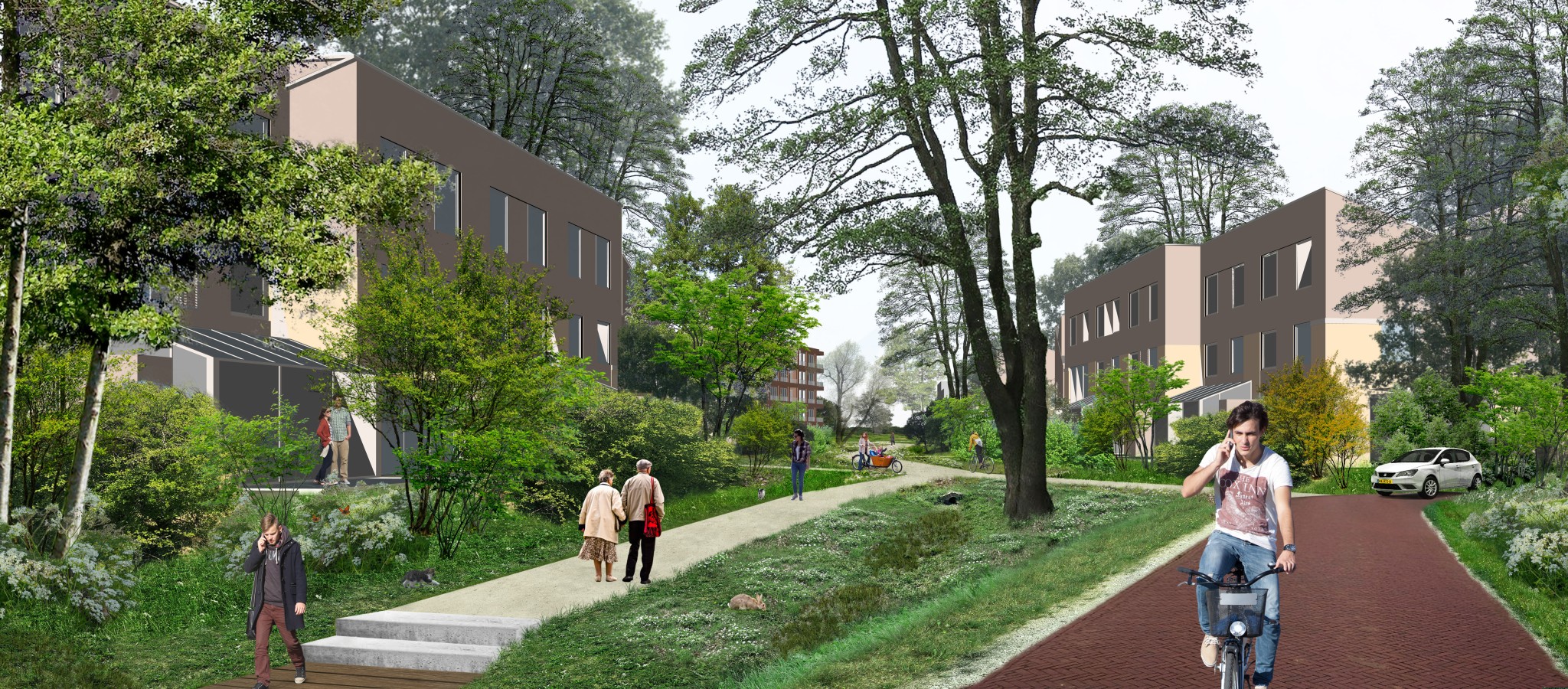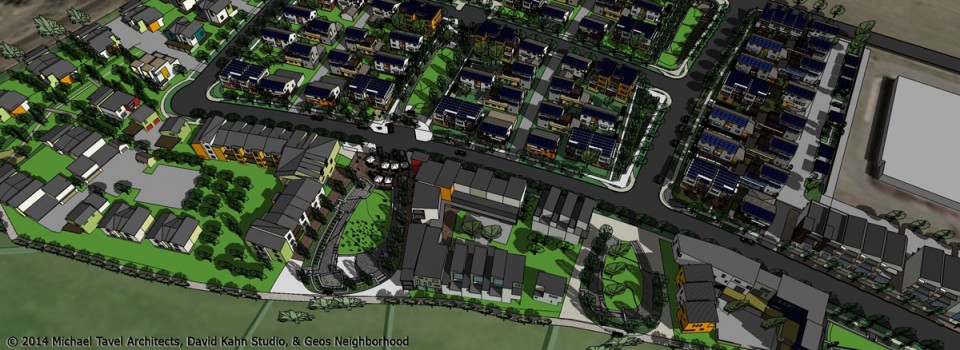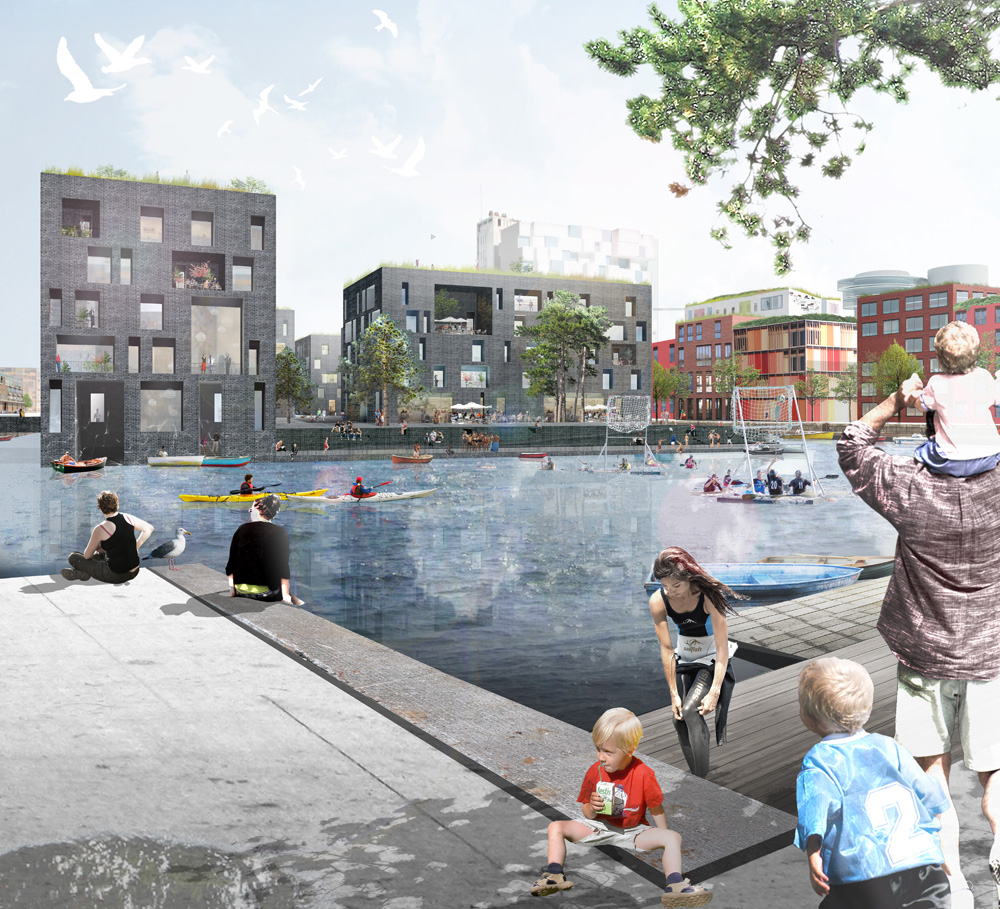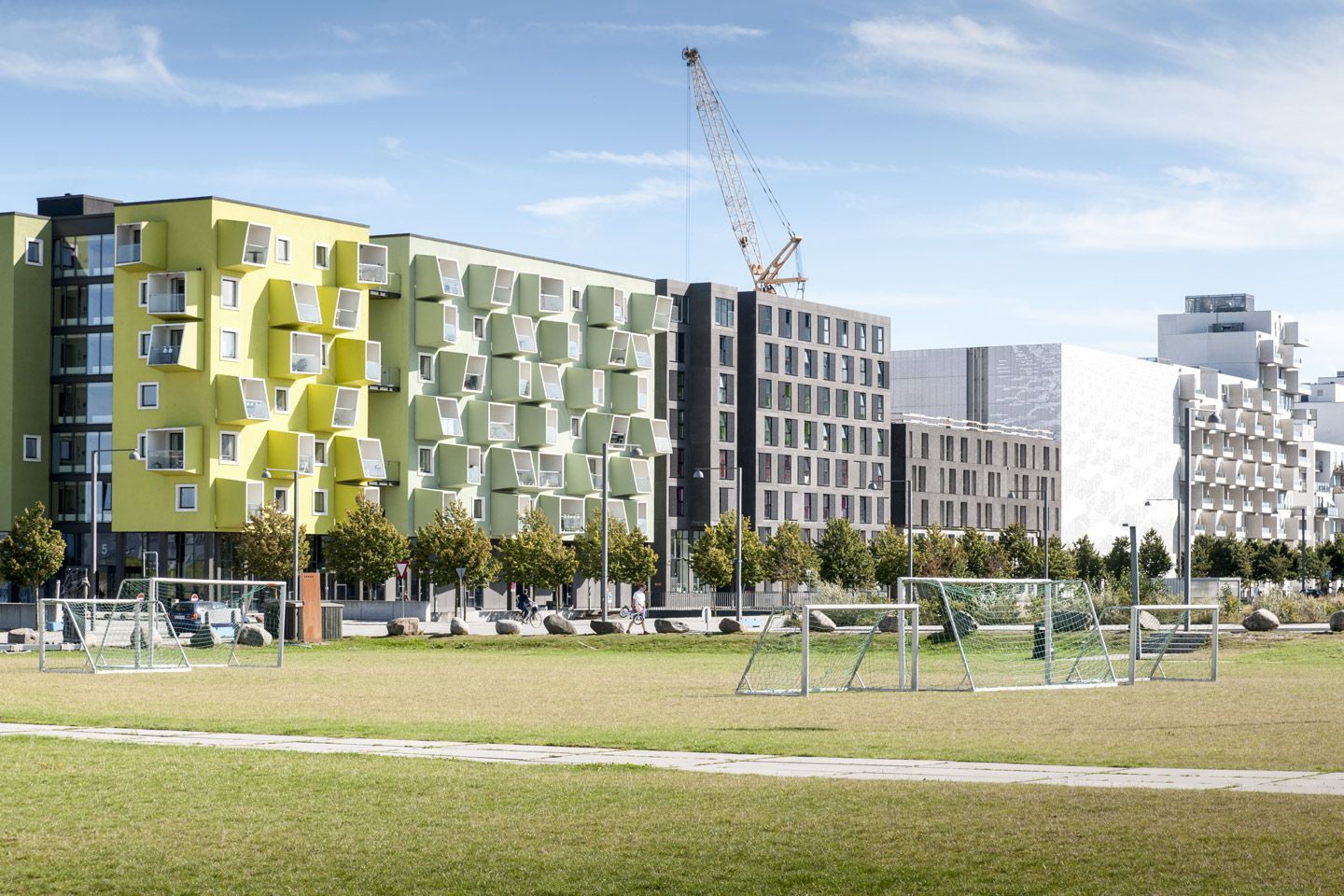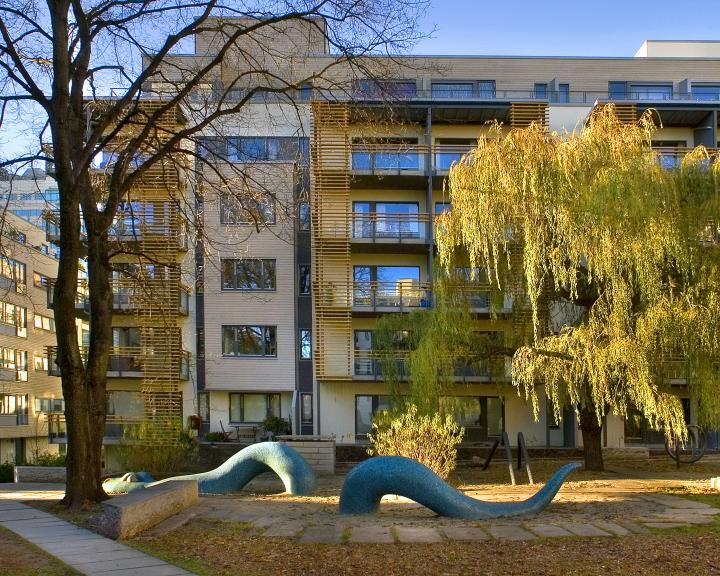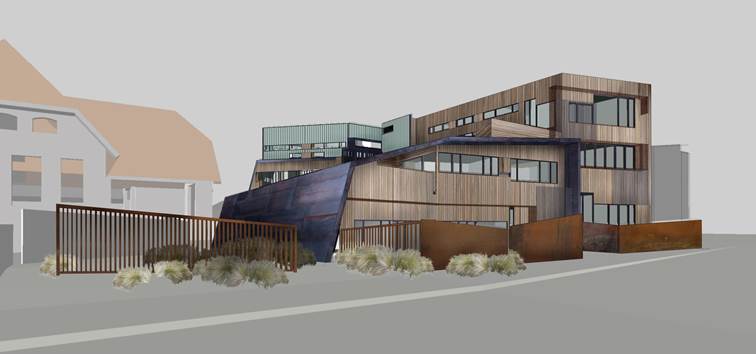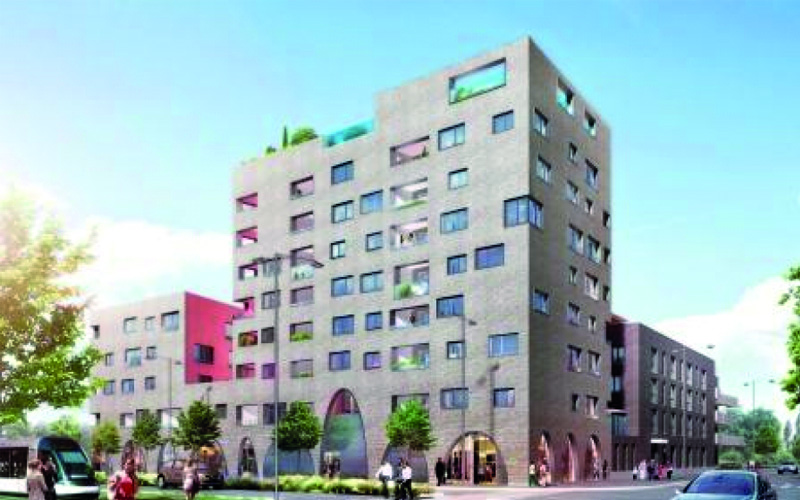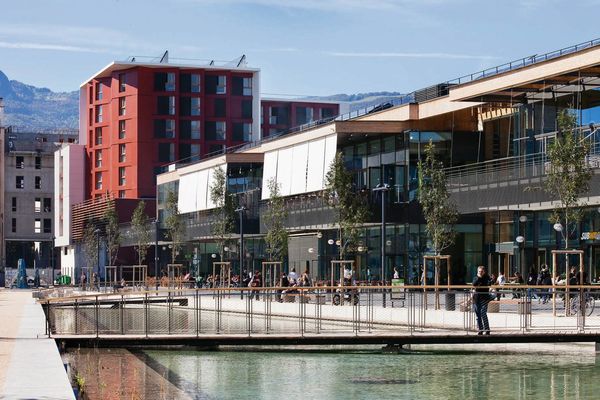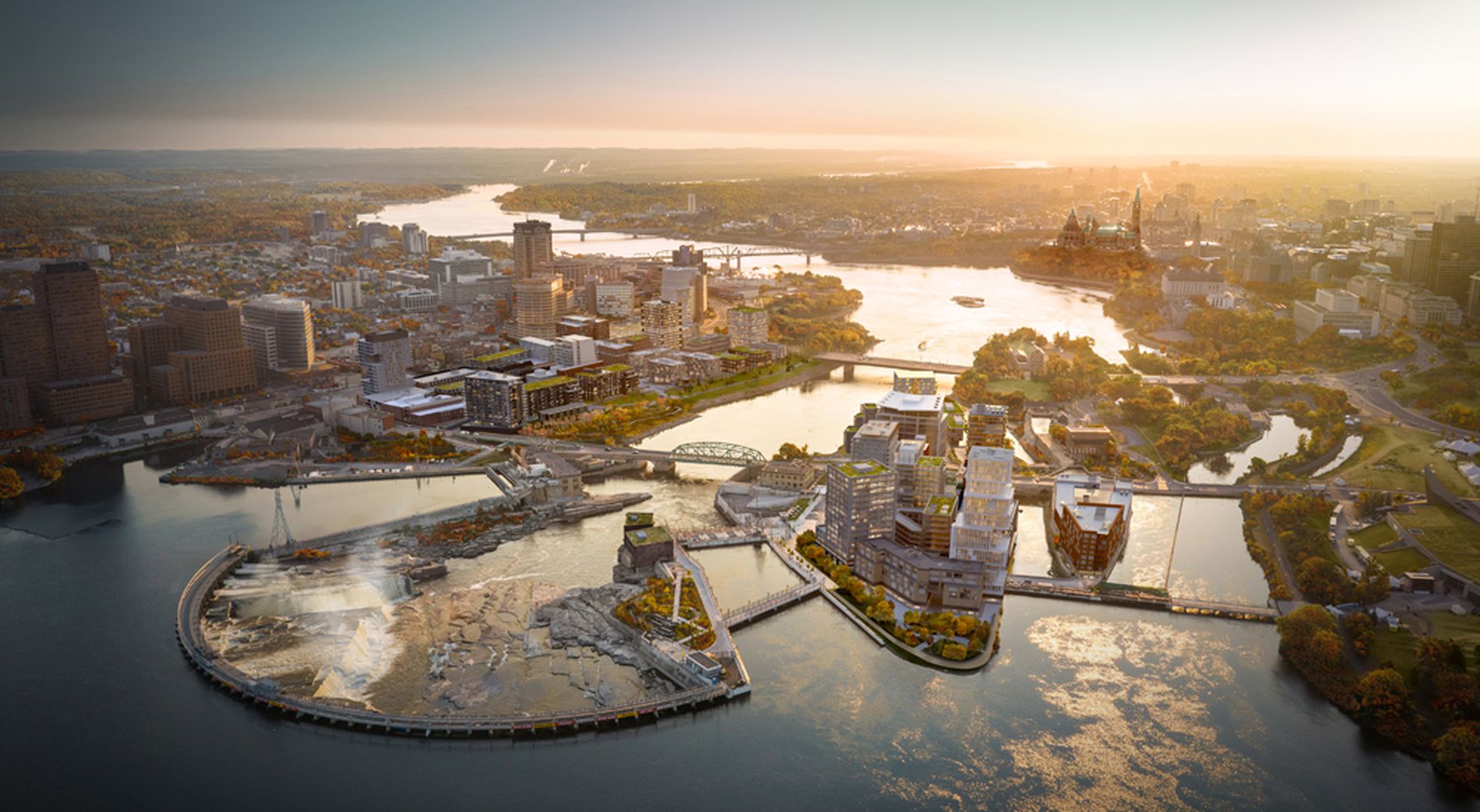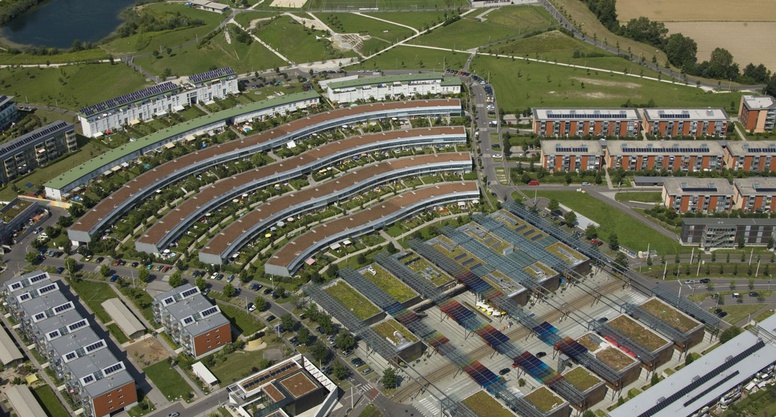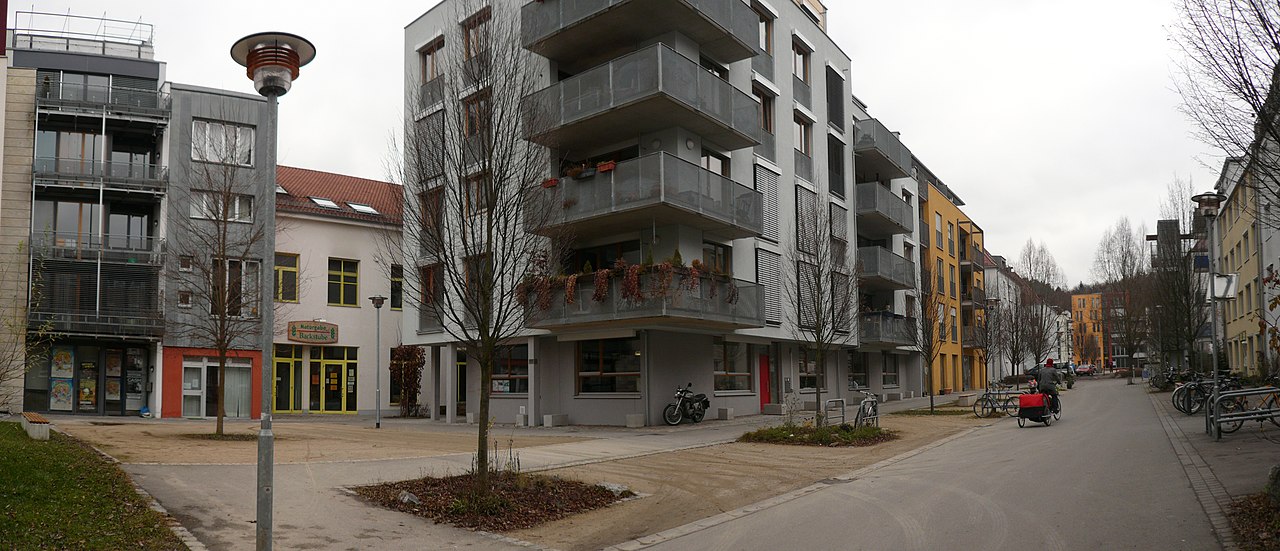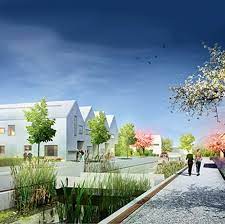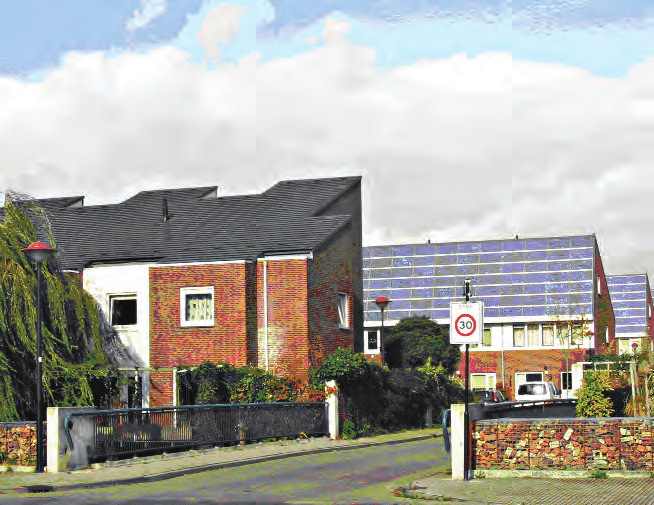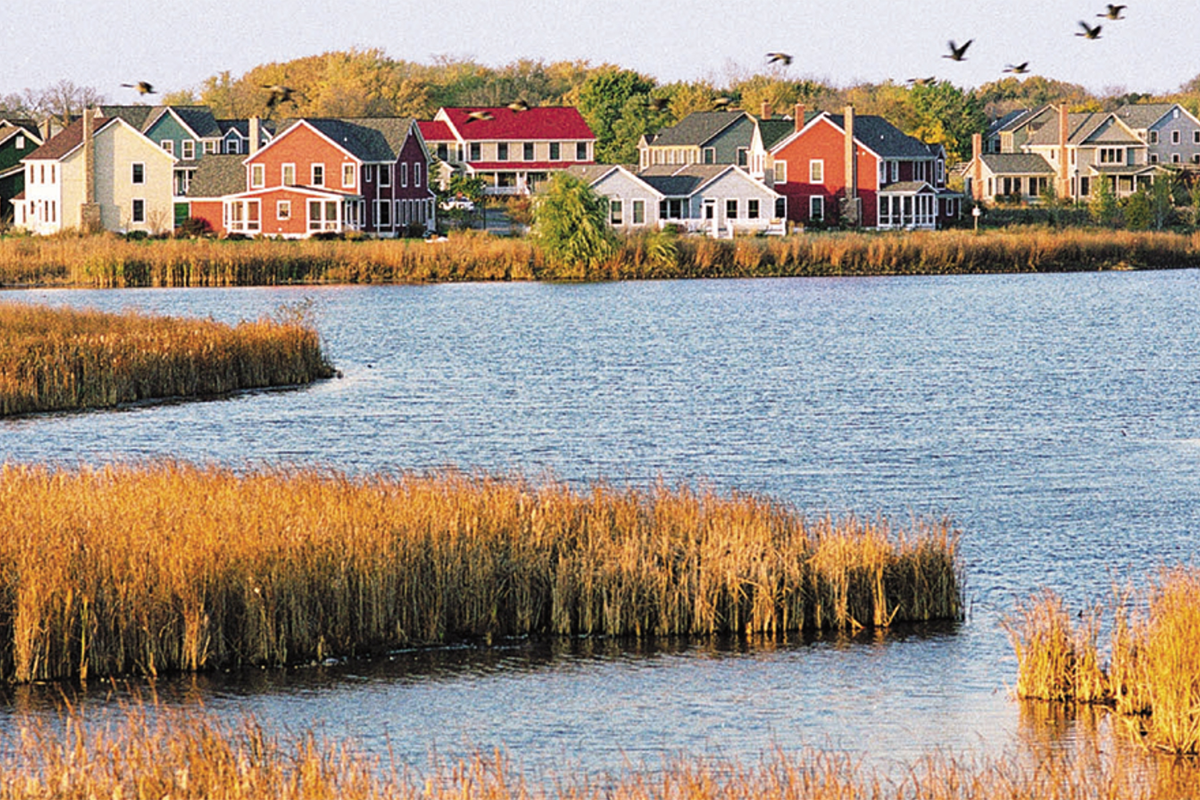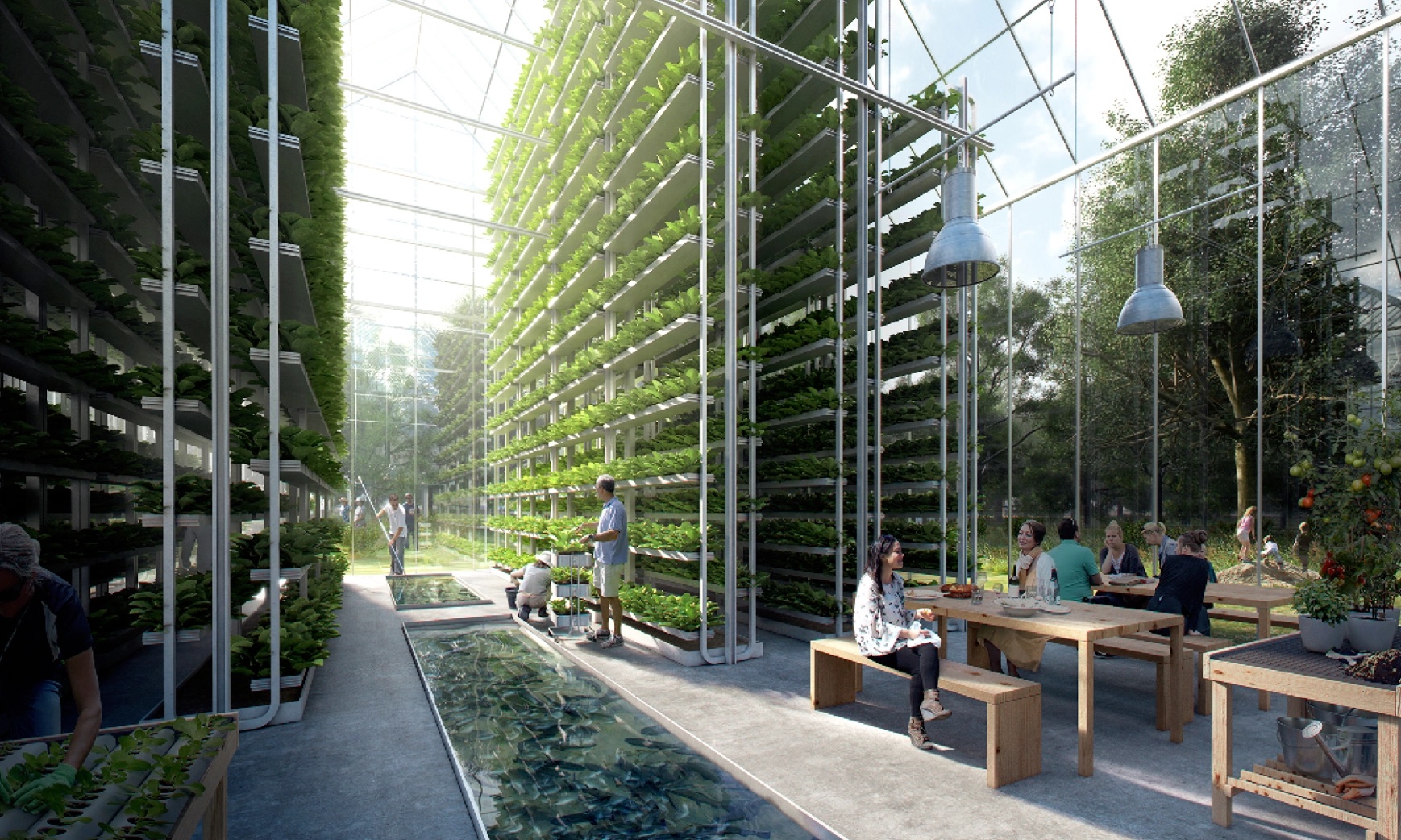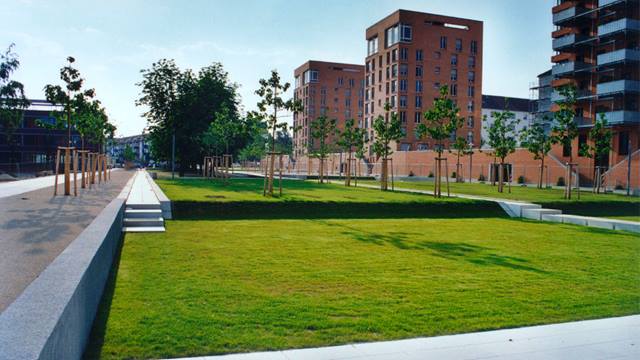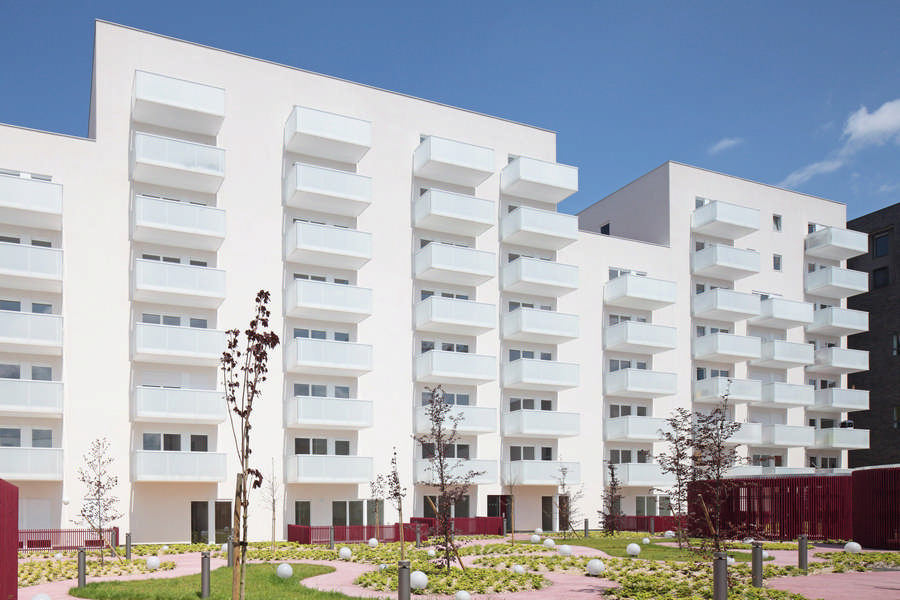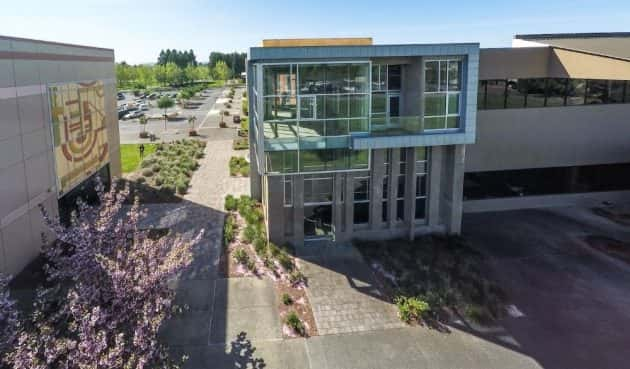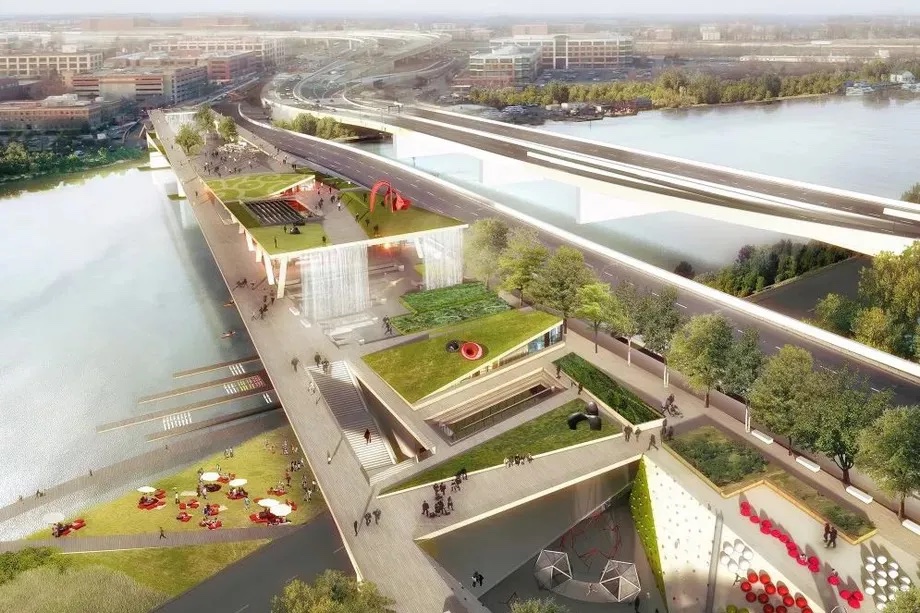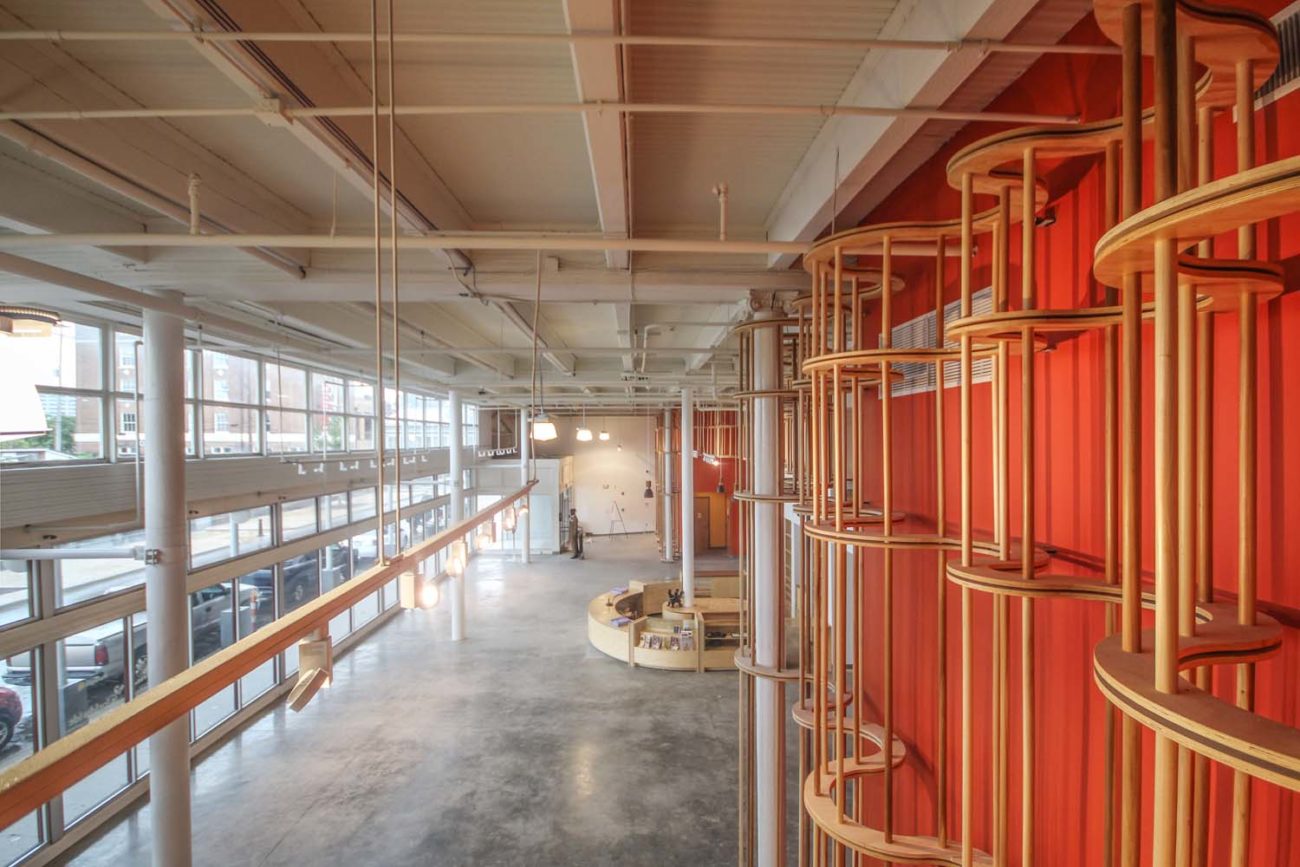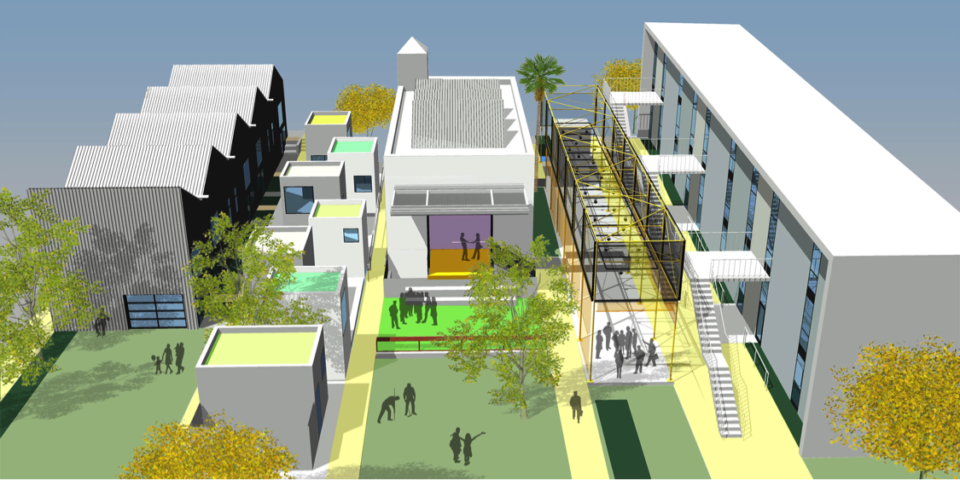The intent of the Place category is to realign how people understand and relate to the natural environment that sustains us. The human-built environment can reconnect us with the deep story of place so that the story can be honored, protected, and enhanced.
The goal of this category is to articulate where it is acceptable for people to build, how to protect and restore a place once it has been developed, and how to encourage the creation of communities that are once again based on the pedestrian rather than the automobile. These communities should be supported by a web of local and regional agriculture.
Based on the Place Petal of the Living Community Challenge.
Place Assessment Factors:
Limits to Growth
The goal of this Assessment Factor is to understand and embrace the ecological area of the development.
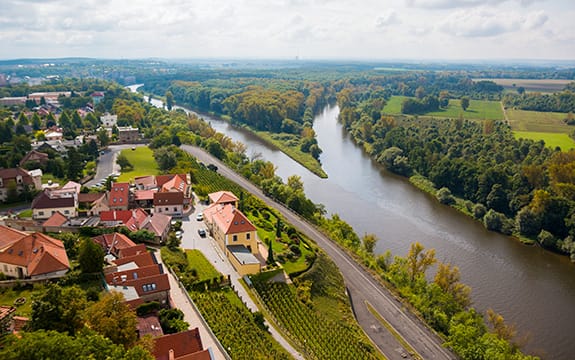
ASSESSMENT CRITERIA:
| Standard | Good | Better | Living Community Principles | Regenerative |
|---|---|---|---|---|
| Developed on any legal site following all regulations. | Developed for density, or limits growth, and contains open space. | No development on sensitive sites (wetlands, flood plain, etc.). | No development on sensitive sites (wetlands, flood plain, etc.) or undeveloped land. Plan in place for future ecosystem health. | Continually restores and enhances the local ecosystem. |
Food
This Assessment Factor helps determine ways to integrate food production into developments.
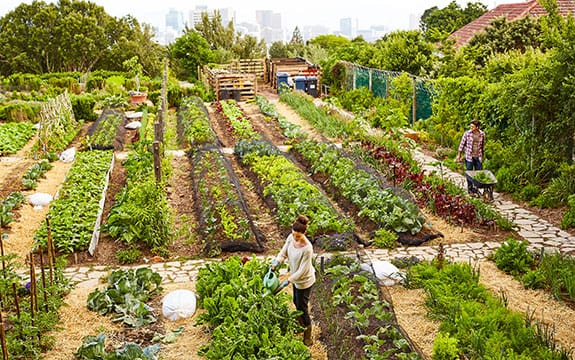
ASSESSMENT CRITERIA:
| Standard | Good | Better | Living Community Principles | Regenerative |
|---|---|---|---|---|
| No garden space or food production on site. | Some public garden or food production space. | Opportunity for every resident to have access to community garden greenhouse, local farm education, and fresh, healthy food. | URBAN AGRICULTURE On-site food production contributes to local food network in relation to the density of the project.2 | All food production contributes to ecosystem health and is grown within the bioregional ecosystem (100 mile radius). Surplus food is grown and shared with other communities. |
Habitat
The Habitat Assessment Factor is geared to protect habitat for wildlife within the development area.
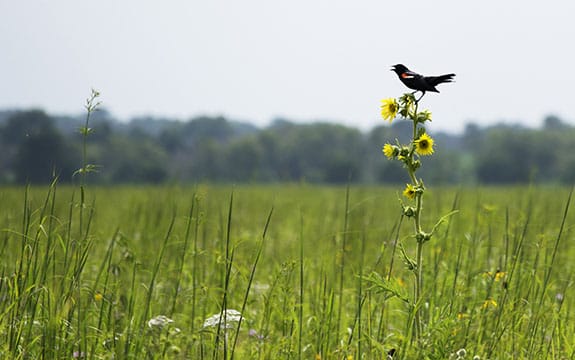
ASSESSMENT CRITERIA:
| Standard | Good | Better | Living Community Principles | Regenerative |
|---|---|---|---|---|
| May contain parks, landscaping. Little emphasis on stormwater management. | Green spaces include parks, landscaping. Some emphasis on stormwater management. | Constructed wetlands, land set aside, native plantings, more than 25% of developable space is undeveloped. | HABITAT EXCHANGE Each hectare (2.47 acres) of development requires an equal amount of land set aside in perpetuity.2 | Habitat creation and management within the development connects and restores larger regional habitats and movement of species. |
Transportation
The Transportation Assessment Factor helps developers aspire to human-powered transportation models and communities designed to support them.

ASSESSMENT CRITERIA:
| Standard | Good | Better | Living Community Principles | Regenerative |
|---|---|---|---|---|
| Car-oriented development. Planning may contain sidewalks, but development is not designed around the pedestrian. | Promotes walkable streets, bicycle infrastructure, access to some services. | Walkable streets, bicycle infrastructure, public transit links, car sharing, EV charging stations, and easy access to services. | HUMAN POWERED LIVING Mobility Plan in place: pedestrian-oriented community; public transit linkage to services; pedestrian, bicycle, and electric vehicle infrastructure; advocacy for human-powered transportation. Mixed-use communities: community may not cause the predominant occupancy type to exceed maximum percentage.2 | All transportation powered by renewable resources and nonpolluting. |
2 Derived from the Living Community Challenge Imperatives
